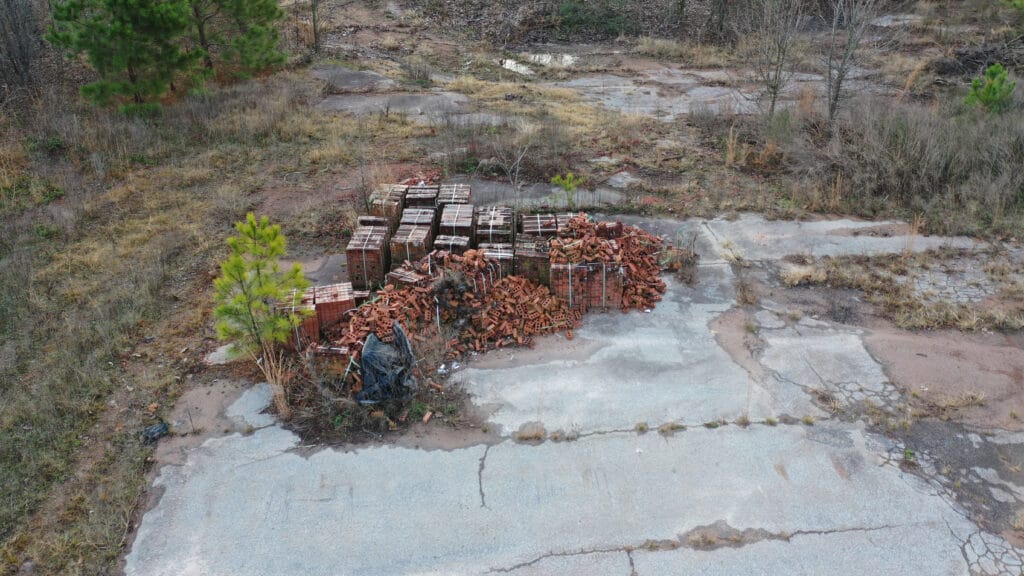Officials in Atlanta want to do something about the legacy of hard labor by convicts that helped build the city. Many blacks convicted of petty crimes were worked to death. The Associated Press has the story:
Atlanta comes up with solutions to rectify treatment of black inmates worked to death in prison
ATLANTA (AP) — The City of Atlanta’s official seal shows a phoenix rising from the ashes of the Civil War. What it doesn’t show is that Atlanta was rebuilt with slavery’s successor: convict labor, working in horrific conditions to break granite at the Bellwood Quarry and burn clay at the Chattahoochee Brick Company.
Thousands of Black men, women and children were pulled off the streets and convicted of petty or nonexistent crimes before vanishing into camps and factories where many were worked to death. The peonage system lasted across the South for seven decades until World War II, yet many Americans have never heard of it.
Restoring this long-ignored chapter of U.S. history to public memory is the goal of a coalition of politicians, executives, foundation chiefs, historians, educators and grassroots activists that has taken shape over the past few months.
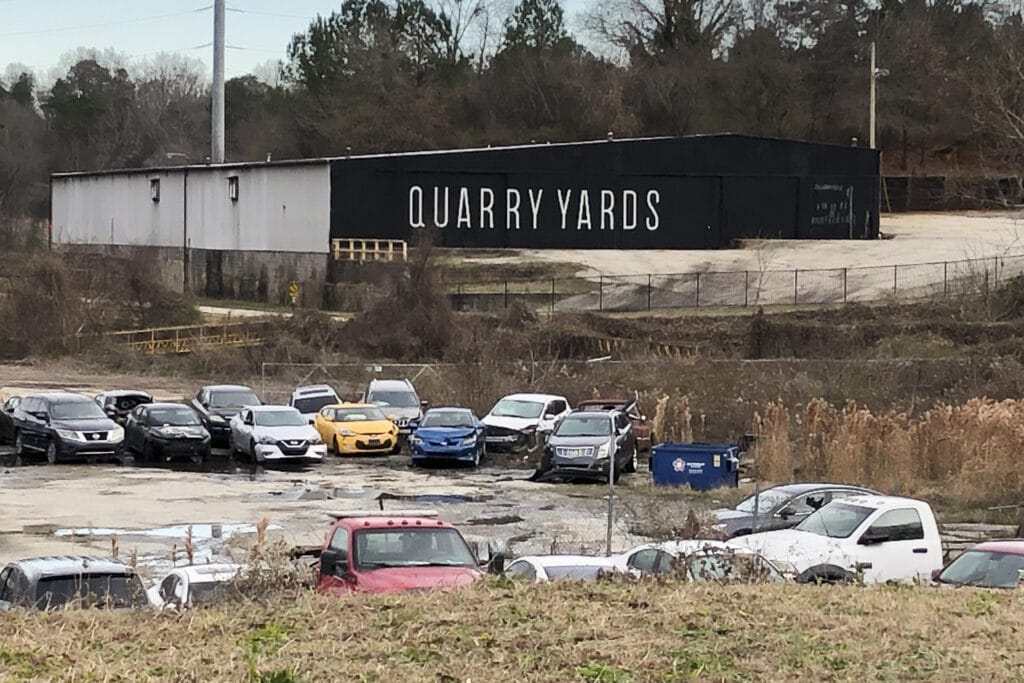
“In the same way we served as an example during the civil rights movement of what’s possible in America, I believe that that moment is before us now,” Atlanta Mayor Keisha Lance Bottoms told The Associated Press. “I think it’s very important for our children and for adults to know what that history is all about.”
Advocates for Atlanta’s struggling west side want memorials to forced labor erected at the quarry site and the abandoned brick company, which the city council voted to preserve this month. Another would go downtown, where white mobs killed 25 Black people in 1906 after rival newspaper publishers stirred outrage with false stories about rapes of white women while running for governor.
Atlanta profited more than most cities from the clause in the 13th Amendment that ended slavery and involuntary servitude in 1865 “except as a punishment for crime.” Vagrancy laws in 48 states, nearly always enforced against people of color, made it a crime to switch jobs without permission, or even to be seen walking “without any lawful purpose.”
Businesses paid the court fees to take custody of these inmates and lease them out to brutal workplaces across the industrializing South, according to Douglas Blackmon, author of the Pulitzer Prize-winning book “Slavery by Another Name.” Government revenues swelled as people disappeared into a penal system without costly prisons.
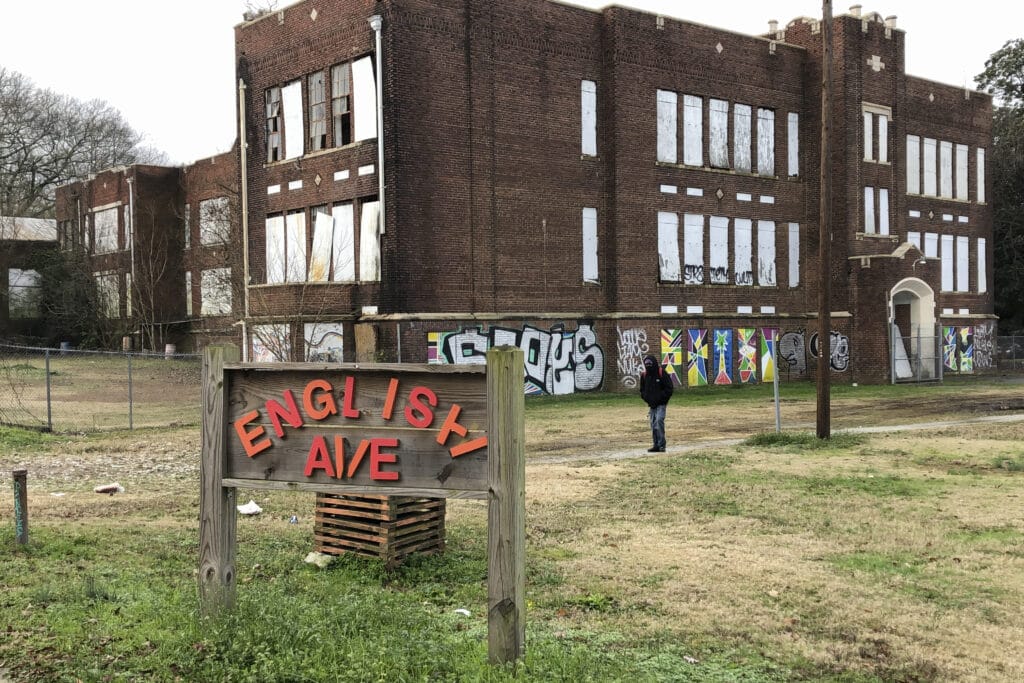
“A husband might leave to go to town one day and you don’t know why they didn’t come back,” said Donna Stephens, who co-founded the Chattahoochee Brick Company Descendants group. “You don’t know whether he fell and bumped his head, or whether he ended up in a convict leasing site.”
Former Confederate Army Capt. James W. English, a police commissioner and Atlanta mayor, controlled 1,206 of Georgia’s 2,881 convict laborers by 1897, according to Blackmon’s research. Some built his railways, worked in his coal mine or cooked turpentine from lumber. Many were whipped if they didn’t run while carrying riverbank clay to ovens that produced more than 200,000 bricks a day.
Testimony about whipping-bosses torturing and killing prisoners in atrocious conditions shocked Georgia’s legislature into outlawing convict leasing in 1908, giving county sheriffs direct control. By 1930, the state had more than 8,000 forced laborers, and half the state’s Black population couldn’t leave homes or jobs without fearing arrest, Blackmon found.
Activists recently began pressing for official recognition of Atlanta’s long-ignored history in response to a nationwide challenge by the Montgomery, Alabama-based Equal Justice Initiative. In July, the National Center for Civil and Human Rights formally invited them to join a Truth and Transformation Initiative.
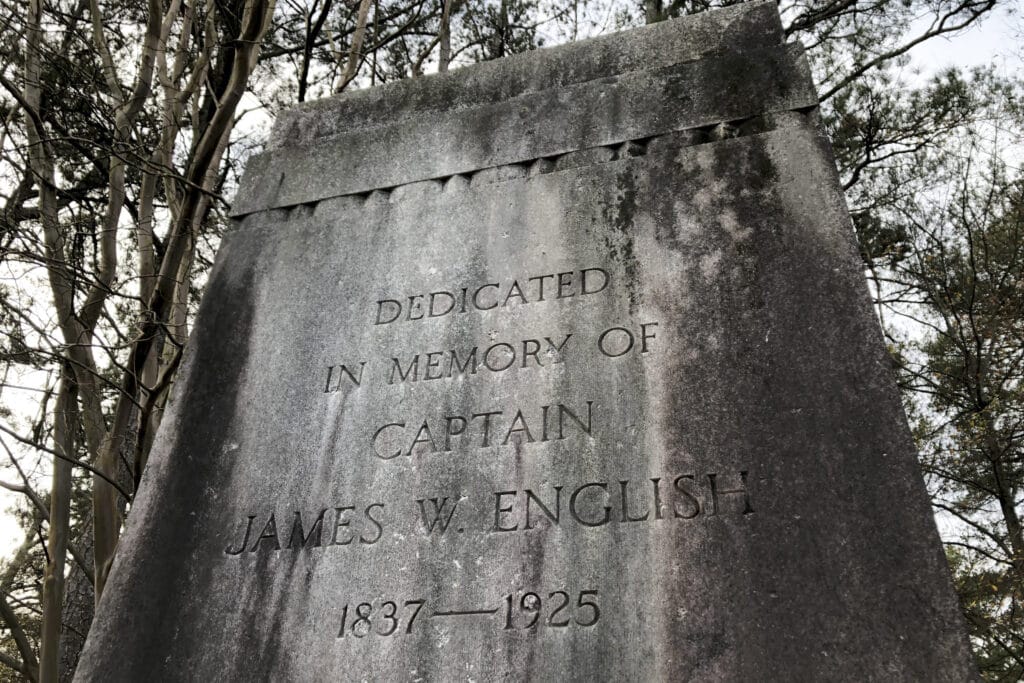
Enlisting historians and directing grants from Microsoft, Home Depot co-founder and Atlanta Falcons owner Arthur Blank’s foundation and other sources, the center is guiding a “constellation” of research and educational projects to restore public knowledge about what happened between slavery’s end and Martin Luther King Jr.’s arrival nearly a century later in Atlanta, which prefers to be known as “the cradle of the civil rights movement” and the “city too busy to hate.”
“The period we’re missing is the era of racial terror,” said Jill Savitt, the center’s president and CEO.
English and other exploiters of convict labor invested in banks, railroads, utilities, real estate and other businesses. Norfolk & Southern, the Southern Company and Coca-Cola are among the Atlanta corporations initially seeded with profits from convict labor, Blackmon wrote.
The mayor isn’t going to single them out for criticism.
“There are a lot of companies across America that have a complicated past. We as a country have a complicated past,” Bottoms said. “I do know that those companies really serve as cornerstones in our city today.”
Norfolk & Southern had planned to pave over the brick company site for a transport hub until the mayor and council persuaded the railroad to abandon that idea this year; Bottoms calls the company a “good partner.”
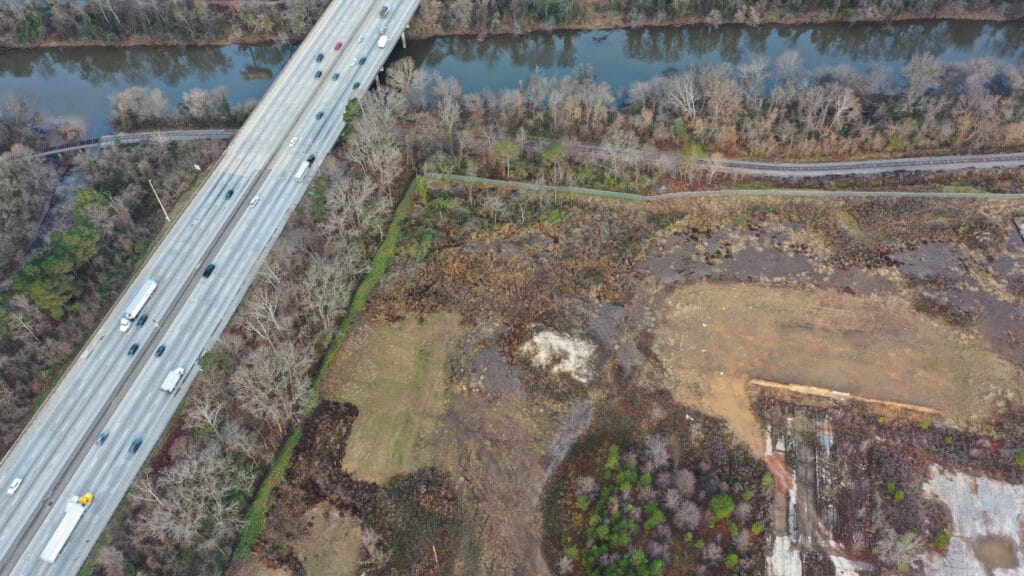
The Atlanta Public Schools is working on age-appropriate curricula on forced labor for grades 3-12. Other groups plan public “truth-telling” engagements and a virtual reality project, Savitt said.
“We have to lift up the rock,” she said. “And for people who say this makes white people feel ashamed, I would say you should feel ashamed, but not because you’re white. You should feel ashamed because you’re a human.”
Blackmon gives each of his Georgia State University students six people listed as inmates in Atlanta’s 1900 census to research. Hank Klibanoff, another Pulitzer Prize-winning journalist, wants his Emory University students to restore some humanity to the 1906 massacre victims.
A monument in English Park still honors the former mayor in the namesake neighborhood he built near the brick factory, but the city deprived its west side of resources after white residents fled in the 1950s rather than live near Black people. Now new investments are threatening to dislocate longtime residents.
Gentrification pressures are growing as technology companies move in, with Microsoft Corp. buying 90 acres around its Quarry Yards campus. New housing, a riverwalk and a nature trail linking the quarry and brick company site are planned. The 400-foot-deep (122-meter-deep) symbol of dystopia in “The Hunger Games,” “Walking Dead” and “Stranger Things” now holds Atlanta’s backup water supply, surrounded by its largest park.
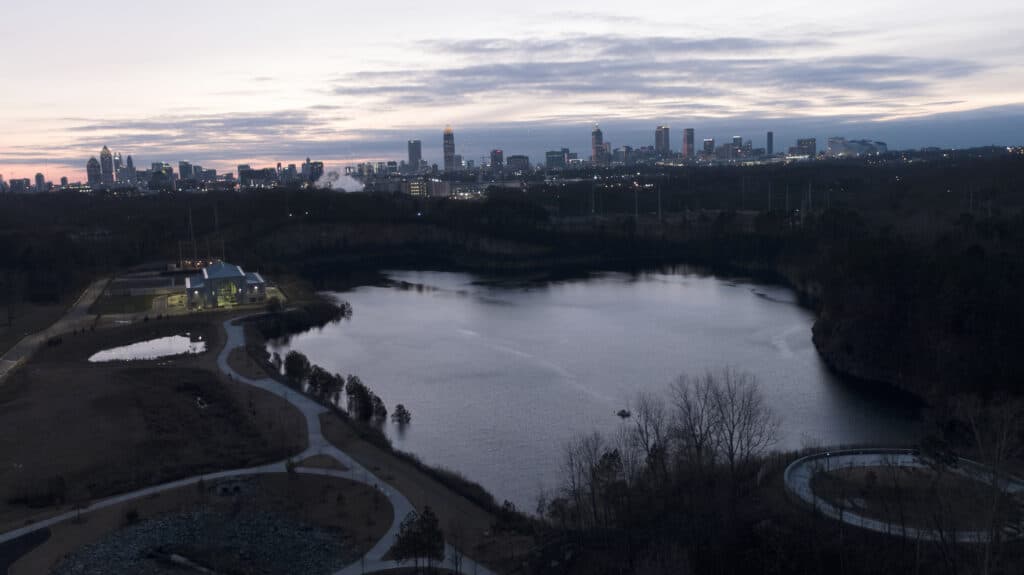
Stephens hopes to identify burial sites, test any remains for DNA and interview descendants of forced laborers. She also wants her longtime neighbors to benefit after enduring the city’s worst poverty and pollution.
“We have made great strides, yes, but we still have a ways to go, and until we make those amends, I can’t say that I’m satisfied,” Stephens said.
Bottoms, whose grandparents moved to English Avenue 100 years ago, had no idea until reading Blackmon’s book that a previous mayor grew wealthy and powerful by perpetuating human bondage.
“It actually gives me chills when I think about it: My family took form in a community named after this man who was responsible for so much hurt and pain in our city,” the mayor said. “People often like to bury pain, which is understandable. But now that we know better, it’s incumbent upon all of us to do better.”
By MICHAEL WARREN

